6 facts about the battery on a smartphone: Can fast charging damage the battery or not?
- Tram Ho
Today’s high-end smartphones like Samsung Galaxy S20 Ultra, Apple’s iPhone 11, or smartphones of Huawei, Google, OnePlus have all changed battery technology compared to the old days.
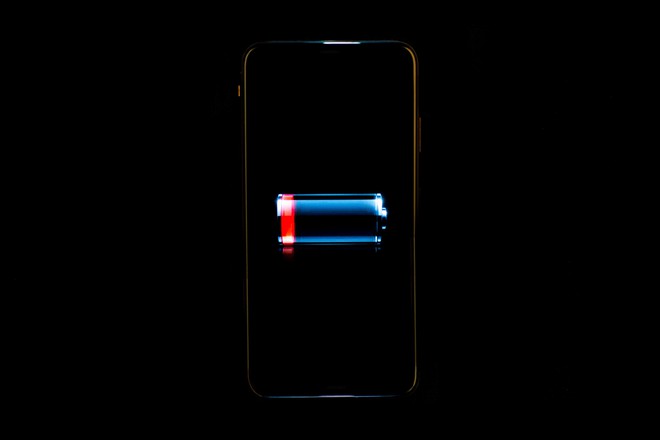
We have bigger batteries, wireless charging, fast charging technology or even backward compatible wireless charging between the two devices. To be able to clarify the mysteries of the battery on modern smartphones, such as how fast charging affects the battery, or how to charge the battery properly? Cnet turned to battery experts to find answers, and here are six facts you need to know.
1. Smartphone battery will not change much, at least in the near future
All smartphones and mobile devices use lithium-ion (li-ion) batteries, which can be charged multiple times. It is difficult to improve battery technology further, with a smaller size and longer battery life. Battery technology hasn’t changed much in the last few decades. What is improved is the battery saver software, in fact you are using the battery sparingly, instead of being able to actually use the battery comfortably.
Battery technologies in cars, satellites or in-house electrical systems usually go two to three years longer than smartphone batteries. In fact, size is a major barrier to smartphone batteries. For example, the Tesla Model 3’s battery is 4,000 times larger than the iPhone 11 Pro Max.
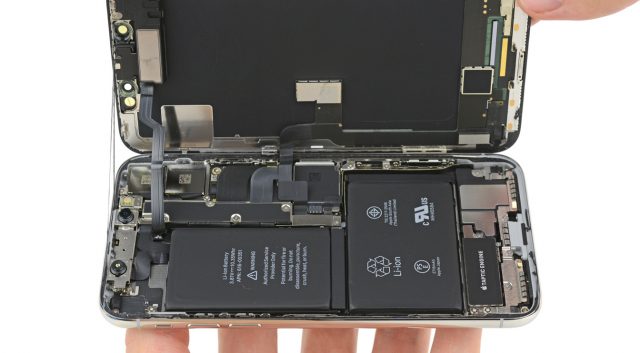
Size matters, because the bigger the battery, the more technologies or features integrate. For example, when charging a battery, the surge in voltage puts the battery under great pressure, especially in the last 20%. To avoid this, electric car manufacturers can charge their batteries only up to 80%. Due to the huge battery capacity, it allows the car to still run well without much impact. As a result, it can nearly double the battery life.
However, on smartphones, only charging up to 80% will significantly reduce battery life. You can use it all day, if the battery is 100% full. But if you only charge 80%, you might run out of battery before you get home.
2. Quick charging does not damage the battery
A typical smartphone charger has a capacity of about 5 – 10 watts. Fast chargers can have 8 times the capacity. iPhone 11 Pro and 11 Pro Max come with 18W charger, Galaxy Note 10 and Note 10 Plus comes with 25W charger, while Samsung will also sell 45W fast charger.
Quick charge is divided into two stages. The first stage when the battery capacity is almost gone, the charging speed increases significantly. You can fully charge the first 50 – 70% in just 10.15 or 30 minutes. This is because during this period, the battery can be charged at high voltage without affecting its lifespan.
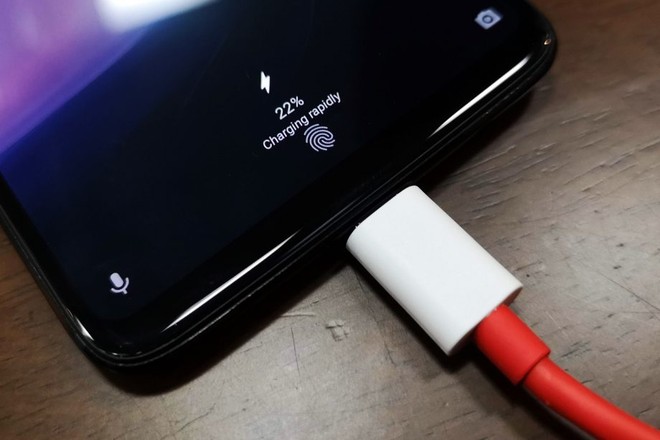
Samsung’s 45W fast charger can charge from 0% to 70% battery in just 30 minutes. And the fast charger included with iPhone 11 Pro can charge the first 50% in 30 minutes.
The second stage is about 20 – 30% of battery end. During this period, manufacturers must reduce the voltage level and adjust carefully, otherwise the fast charging process may reduce battery life. Therefore, to charge 20-30% of battery last may take about the same time as 70-80% of the first battery. It may even take more than 10 minutes to fully charge the last few% of battery.
IFixit’s engineer Arthur Shi likens the fast charging process to a sponge. When you first pour water on the sponge, it will absorb water very quickly, this is the first stage. If you continue to add water, the sponge will be saturated and take longer to absorb the remaining water.
3. Charge the battery overnight, too long charging does not damage the battery
There are many people who worry that plugging in too long even when the battery is full, or overnight charging will make the battery bottle, reducing battery life. However, according to experts that Cnet asked, the battery management system on the smartphone is designed to disconnect the charging power after the battery reaches 100%.
“Unless there is a problem with the battery circuit, you cannot overcharge on a modern smartphone,” said Venkat Srinivasan, a battery researcher at Argonne National Laboratory .

However, as mentioned above, charging the 20% battery can eventually put the battery under greater pressure, thereby shortening its life. If you really care about this, you can unplug the battery when the battery has reached 80%.
We just need to make it clear that charging the battery to 100% and then unplug it, and charging it to 100% and then charge it will not be different. If you still have the habit of charging the battery overnight, that is still OK.
4. You should not leave a drained battery to charge it
In fact, discharging batteries can cause chemical reactions, which over time will shorten battery life. To avoid this situation, many manufacturers design a management system to turn off the power when the battery capacity reaches the lowest level, not the empty level.
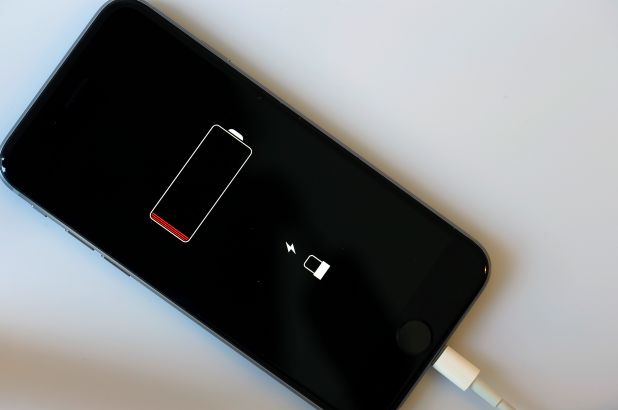
For better battery protection, you should plug the charger in when the battery is down to about 30% capacity.
5. High temperatures will damage the battery
Temperature is the real enemy to all batteries. If the smartphone is exposed to high temperatures continuously, the battery life will be significantly reduced. You should not expose your smartphone to sunlight, car dashboard or any other heat source.
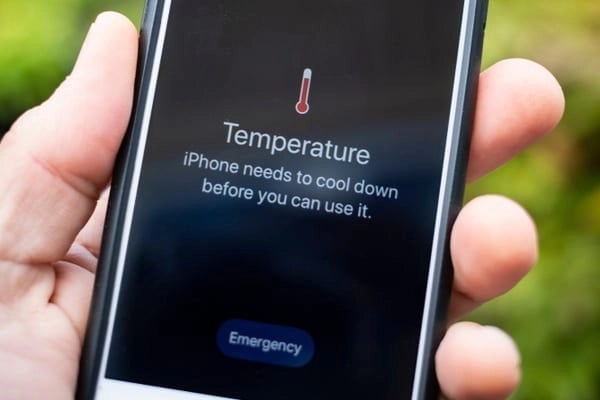
According to CEO Isidor Buchmann of battery technology company Cadex Electronics, temperatures of 30 degrees Celsius and above could potentially affect the battery. However, too low temperatures are also not good for electronic components and touch screen of smartphones.
6. The charger and the asynchronous cable do not affect the battery (both must be genuine and of good quality)
Unless you use a low-quality charger and cable, using an inconsistent charger and cable will not affect the battery. However, the charging speed may not be fast, or it does not support fast charging technology.

Some manufacturers, such as Huawei and OnePlus, use proprietary charging designs, with a circuitry that is responsible for fast charging built into the charger. To be able to use this exclusive fast charging feature, you must use a genuine charger and sync cable.
While other manufacturers, like Samsung or Apple, use industry standards that allow you to fast charge with any compatible charger. In other cases, you can still use Samsung chargers in combination with Xiaomi cables, without compromising battery life.
Reference: Cnet
Source : Genk
